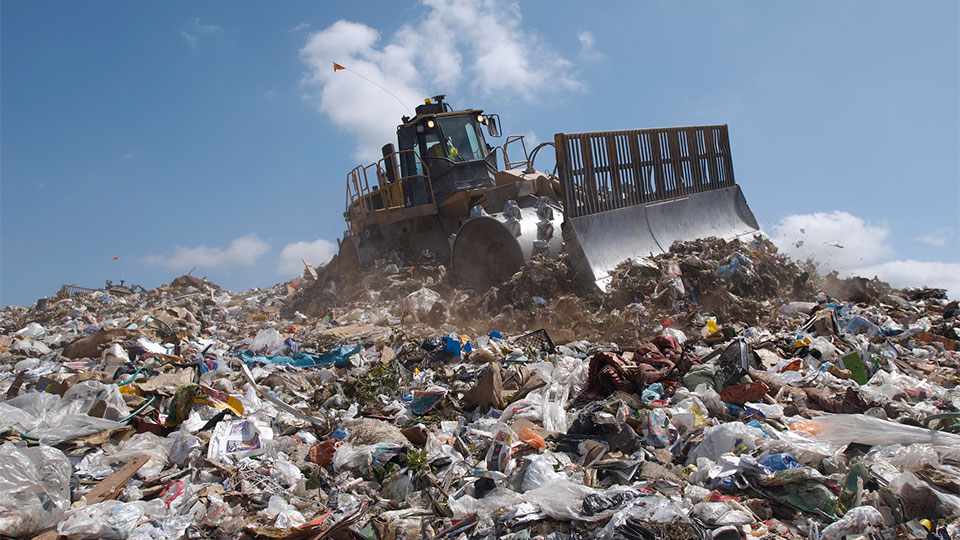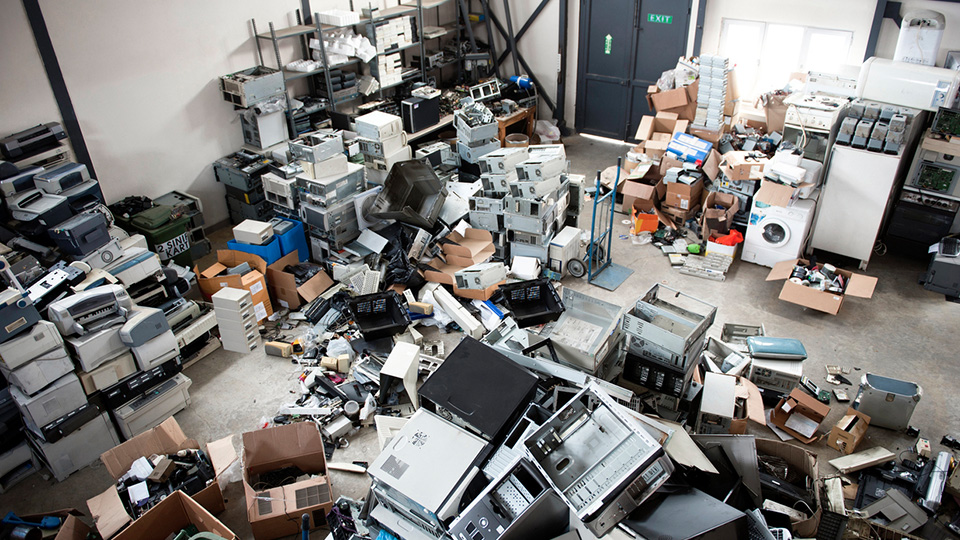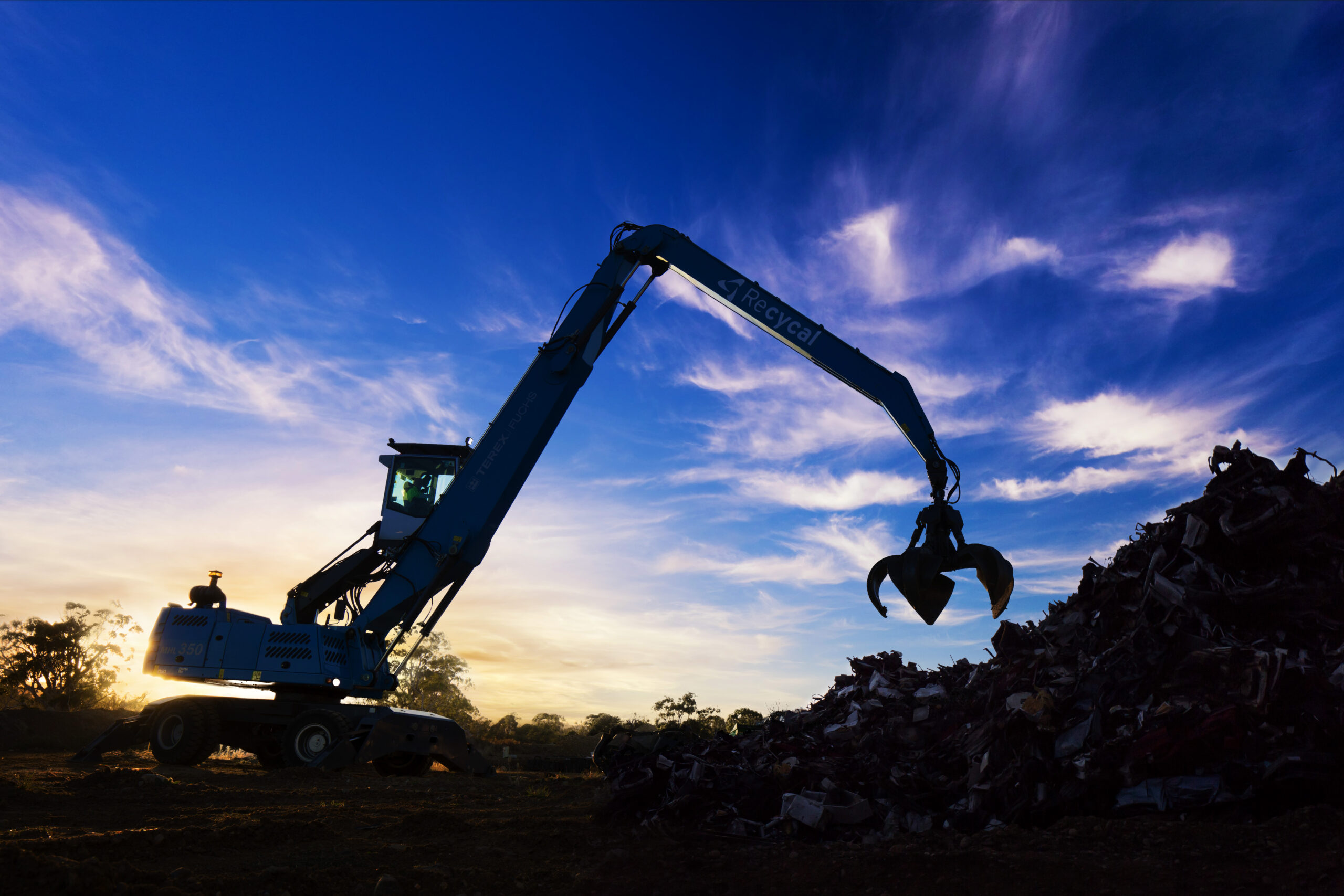The United Nations Environment Program recently released a call to action Mercury – Time to Act. It contains a wealth of information about mercury, its impacts on humans and ecosystems, and a plan of action to continue to reduce the amount of mercury going into our environment. Who needs to act? The report identifies roles for governments, industries, NGOs and, of course, us as individuals.
Globally, the annual volume of mercury that is mined each year has dropped from around 10,000 tonnes at its peak in the 1970s to 2,000 tonnes today. Much of this is due to the phasing out of industrial processes that use mercury. However, for some applications there is no viable alternative to using mercury.
Fluorescent lamps are one such area. And whilst the amount of mercury in each lamp has fallen by a factor of 20 since 1980, global sales have skyrocketed over that time. Mind you, as we’ve pointed out before, burning of coal to produce electricity is a major source of mercury contamination – representing 24% of human emission. So overall, switching to compact fluorescent lamps and reducing electricity demand reduces mercury emissions. And, of course, recycling represents an effective way of recovering that mercury for reuse.
At 166 tonnes per year, the amount of mercury going into compact fluoro lamps is hardly insignificant, but battery production uses over 540 tonnes per year, highlighting them as another important class of products to be recycled.
Also trumping fluorescent lamps, and close to Ecocycle’s heart, is dental amalgam. Worldwide it uses 333 tonnes of mercury each year. Not only do we recycle dental amalgam, the mercury we recover from it and other sources goes back to the dental industry to make new amalgam.
The report shows that that the amount of mercury being recycled is up, but recycled mercury still only accounts for about 20% of mercury supply (figures from 2005). With most compact fluorescent lamps and fluorescent tubes still going into landfill, there is still plenty that we can all do on the recycling front.
All images sourced from Mercury – Time to Act, United Nations Environment Programme, 2013





